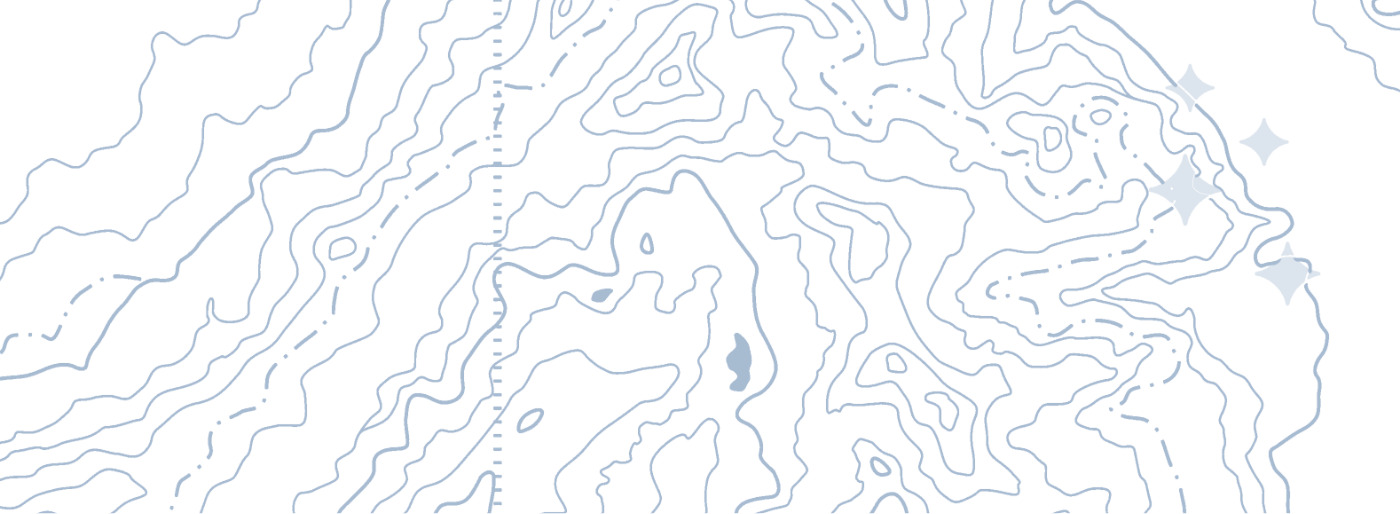"Sapsuckers are woodpeckers but instead of pecking into and excavating wood in search of insects, they drill small holes in trees in order to make the tree's sap run (see photo below). It's another one of Mother Nature's clever inventions! Sapsuckers sip the sap up with their specialized tongue, and also happily eat the insects that come to the sap. Other birds, like our hummingbirds, also sip up the sap.
There are two main sapsuckers in our area - the Red-Naped and the Williamson's - and both leave for the winter unlike our other woodpeckers. The Red-Naped returns by April and is quite common, especially in riparian areas with aspen and cottonwood trees.
They can be loud, screeching and calling, like other woodpeckers, but the notes of their drumming are unique. Listen for a broken or "staccato" drum beat with irregularly spaced taps. Other woodpeckers make a regular steady tapping rhythm. "
Mary Kiesau | Local Naturalist and Photographer
Fun Facts
Information from the Seattle Audubon Society
- Red-Naped Sapsuckers are omnivorous and feed on sap, insects, and fruit, eating more insects during nesting season.
- They form monogamous mating pairs, and typically nest in healthy aspen trees, or dead conifers.
- Red-Naped Sapsuckers are known to travel great lengths during migration. They travel as far south as Mexico during winter months.
- Both members of the mating pair incubate 5-6 eggs for about 12-13 days, and both feed their young until they become independent around 25-29 days of age.
- One can expect to find Red-Naped Sapsuckers commonly in the Okanogan region between April and August, and in the North Cascades more uncommonly between May and August.
Listen to the Red Naped Sapsucker call!
Photos by Mary Kiesau















